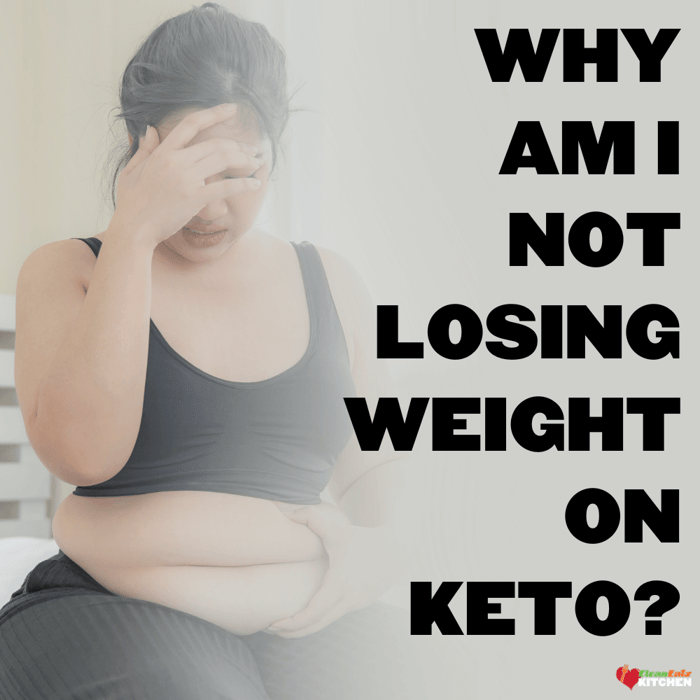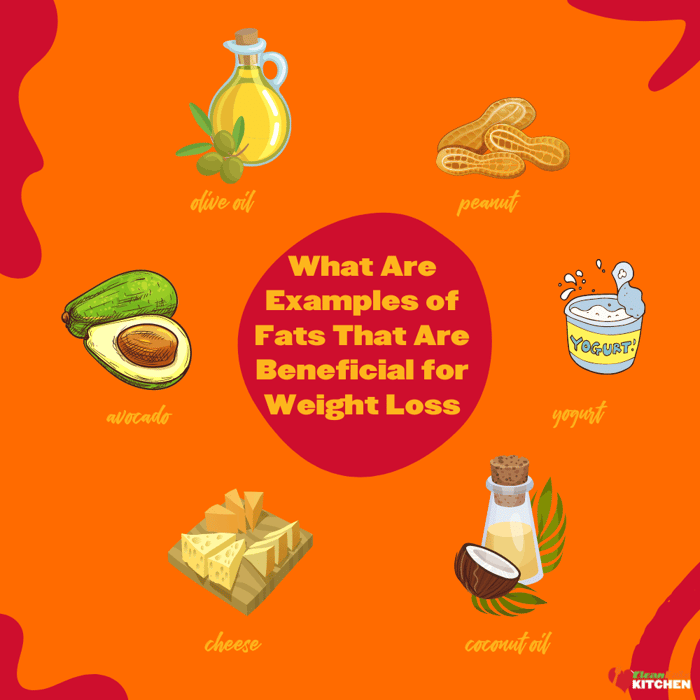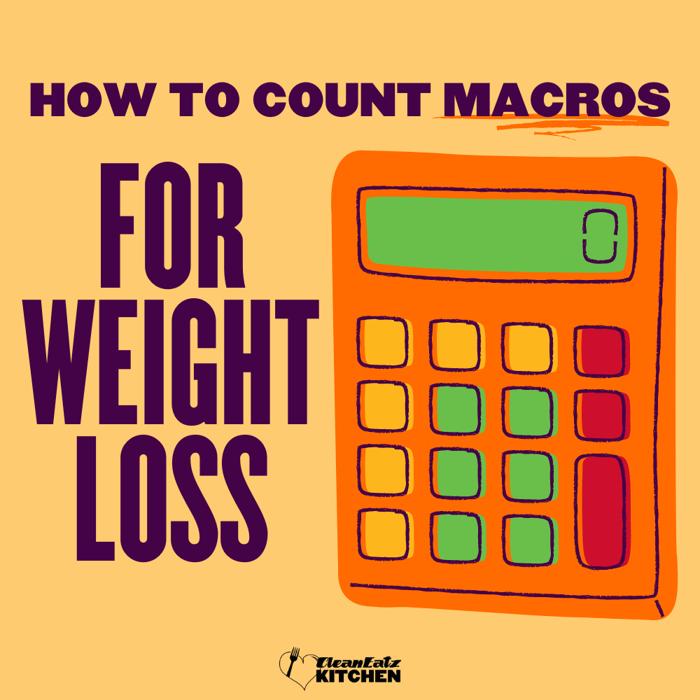Why Am I Not Losing Weight on Keto?

Jason Nista
Nutrition
|
Weight Loss
11/20/2025 5:31am
6 minute read
Why keto weight loss stalls
- Calories still rule. When calories and protein are matched, low-carb and low-fat diets tend to yield similar weight loss—so the winning diet is the one you can stick with. PMC
- Water & glycogen camouflage. Carbohydrates hold water; day-to-day shifts can hide true fat-loss (or create “fake gain”) on the scale.
- Adaptive thermogenesis & NEAT (non-exercise activity thermogenesis). As you lose weight, your body may burn a little less and you might unconsciously move less—shrinking your calorie deficit.
- “Keto” calories add up. Oils, butter, cheese, nuts, nut butters, cream, and “keto desserts” are calorie-dense. Portions creep quickly.
- Ketone readings aren’t a fat-loss scorecard. You can show ketosis and still maintain or gain weight if total calories are too high.
How Keto Changes Your Body (and Why That Matters for Fat Loss)
Keto changes several physiological processes in ways that affect fat-loss, appetite and water balance. Understanding these shifts can help you interpret why progress seems slower or inconsistent—even when you’re doing everything right.
1. Water and electrolyte shifts.
When carbs drop, the body releases glycogen and the water stored with it. This is why early weight loss is dramatic. But after a few weeks, the body rebalances fluids and sodium levels. This “rebound water” can mask ongoing fat loss, making many people think they’ve hit a plateau when they haven’t.
2. Lower appetite… but also lower spontaneous movement.
Keto often suppresses hunger, which helps some people eat less without tracking. However, research shows that lower carb intake can slightly reduce NEAT (non-exercise activity thermogenesis)—the calories you burn through unconscious movement. This can reduce your overall deficit without you noticing.
3. Hormonal shifts in insulin and glucagon.
Lower insulin allows easier access to stored fat, but it doesn’t guarantee weight loss unless calories remain lower than expenditure. Meanwhile, glucagon rises, increasing fat oxidation. You may burn more fat for fuel—but still not lose body fat if total intake is too high.
4. Changes in training performance.
Some people experience reduced power and intensity in strength training during early keto adaptation. This can mean fewer reps, lower loads, and ultimately fewer calories burned during workouts.
5. Temporary reductions in thyroid output.
Short-term carb restriction can slightly lower T3 thyroid hormone in some individuals. It’s usually not clinically significant, but it can contribute to feeling colder, moving less, and burning fewer calories.
All of these factors are normal. They don’t mean keto “stopped working”—they simply mean you need to adjust calories, movement and protein to keep fat-loss moving.
First: confirm it’s a real plateau
- Weigh daily; use a 7-day average. A true stall = the weekly average flat-lining for 2–3 weeks.
- Track intake for 3–7 days (include oils, cream, nuts/nut butters, weekend meals, alcohol).
- If you use “net carbs,” remember it’s a marketing term; base choices on the Total Carbohydrate line.
- Note steps and workouts; many people move less without noticing.
A recent umbrella-review confirms that while ketogenic diets often lead to rapid initial weight loss, further fat-loss after ~6 months tends to plateau unless calories are adjusted. BioMed Central
The keto-stall fix list
- Recalculate calories using a dynamic tool. Update your maintenance and set a modest deficit (~300–500 kcal/day). Try the NIH Body Weight Planner. For a hands-on walkthrough, see our calorie-goal guide.
- Prioritize protein. Aim about 1.2–1.6 g/kg/day (or 25–40 g per meal) to protect lean mass and manage hunger. Start here: high-protein basics.
- Tighten the calorie-dense “keto” foods. Pre-measure oils, butter, cheese, nuts/nut butters, and creamy sauces. Swap some fat for lean protein + non-starchy veggies to stay fuller on the same calories.
- Lift + walk. Resistance training 2–4×/week preserves muscle; add +2–3k steps/day for NEAT. Studies in resistance-trained men show that similar calories but different diet structure (ketogenic vs non-ketogenic) yield changes in body-composition and hormonal profile. For workout fuel ideas, skim our post-workout carbs guide.
- Sleep 7–9 hours. Short sleep increases hunger and may blunt fat loss even in a calorie deficit. Protect bedtime and wake time.
- Label literacy. Ignore hype like “net carbs” and read the Total Carbohydrate, fiber, protein, and calories. Check “keto snacks” for sugar alcohols and added fats. For sugar-savvy swaps, see Sugar facts.
- Consider low-carb (not strict keto). If strict keto feels hard, a higher-fiber lower-carb approach can work just as well for weight loss. We’ve listed smart low-carb ingredients that fit our meals.
- Still stuck after 3–4 weeks? Re-trim calories by ~100–200 kcal/day or add ~1–2k steps. If weight won’t budge after a month, talk to your clinician about other factors (medications, thyroid issues, PCOS, menopause) and whether anti-obesity meds make sense alongside lifestyle. For a bigger picture, see our program overview.
FAQs
Do I have to be in deep ketosis to lose fat?
No. You’ll lose fat when you sustain an energy deficit. Ketone levels reflect carb restriction, not necessarily calorie burn.
Why did I lose fast at first, then stall?
Early loss is mostly water & glycogen. After that, fat loss is slower and can be masked by day-to-day water shifts.
Can I lose on keto without counting calories?
Some can by focusing on protein, portions, and minimally processed foods. If progress stalls, track for a week—especially oils, cheese, nuts, and treats.
Want structure? Pair CEK meal plans with these tips, or compare portion vs. calorie counting.
References
- DIETFITS RCT (low-carb vs low-fat; no weight-loss difference at 12 months). JAMA 2018.
- Metabolic-ward studies on carb vs fat restriction and isocaloric ketogenic diets. Cell Metab 2015; AJCN 2016.
- Systematic reviews/meta-analyses on low-carb vs low-fat weight loss (short-term edge; similar long-term). PLOS One 2014; Diabetes Obes Metab 2022.
- Glycogen–water coupling (~3 g water per 1 g glycogen). Murray 2018; Fernández-Elías 2015.
- Adaptive thermogenesis & NEAT background. Rosenbaum & Leibel 2010; Levine 2004.
- Protein targets for dieting/exercise. ISSN Position Stand 2017.
- NIH Body Weight Planner (dynamic energy model). NIDDK.
- “Net carbs” not FDA-defined; use Total Carbohydrate on labels. American Diabetes Association.
- Insufficient sleep blunts fat loss in a calorie deficit. Ann Intern Med 2010.
- Ketogenic diet for weight loss. PMC 2018
- Effects of ketogenic diet on health outcomes: an umbrella review of meta-analyses of randomized clinical trials. BMC Medicine
- Effects of calorie restricted low carbohydrate high fat ketogenic vs. non-ketogenic diet on strength, body-composition, hormonal and lipid profile in trained middle-aged men. PubMed 2021
Educational content only; not medical advice.
Related Articles
Best Fats for Weight Loss: 2026 Guide
5 minute read
How to Count Macros for Weight Loss
7 minute read



